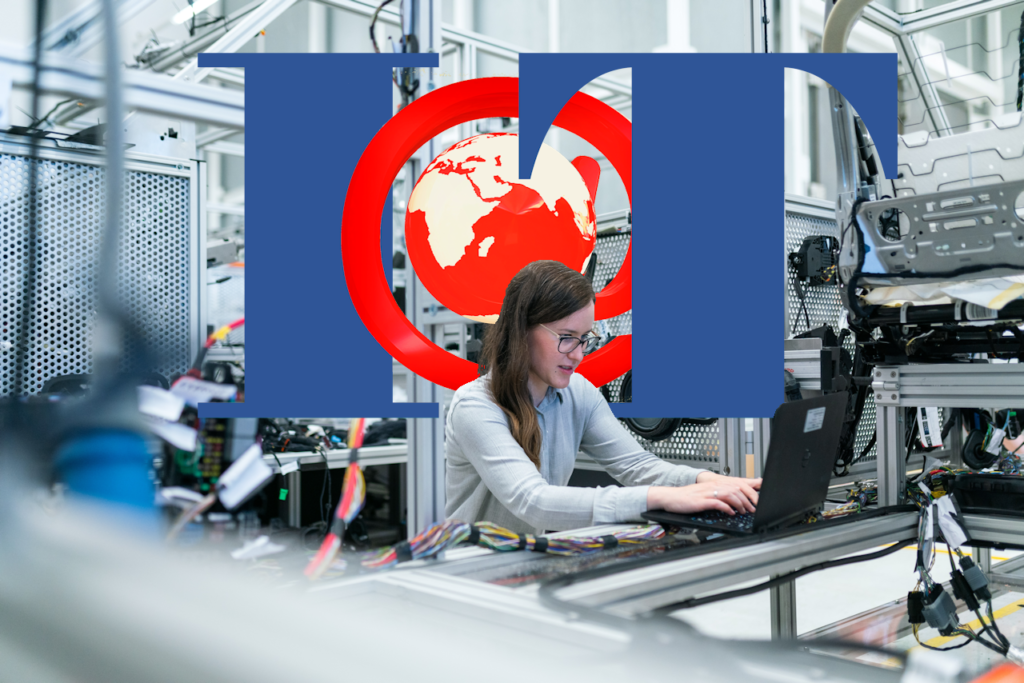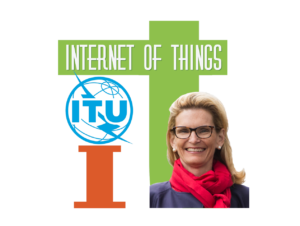Last year technology journalist Gordon Feller wrote, “The Internet of Things (IoT) is poised to disrupt and transform manufacturing and a number of other industries.”[1] Jump forward a year-and-a-half and you find technology journalist Shraddha Goled asking, “Is it too soon to write an obituary for IoT?”[2] What’s going on with this confused picture of the IoT? Feller observed, “Many businesses are already experiencing improved operational efficiencies, productivity growth, cost reductions and new revenue-generation opportunities. These gains are likely to accelerate and scale across the economy as IoT technological maturity and adoption increases.” On the other hand, Goled reports, “The closure of Watson IoT Platform comes on the heels of a similar announcement by Google Cloud just a few months ago.” If you are confused, I suspect you are not alone. However, when you step back and look at overall trends, it looks like Feller is closer to the truth than Goled.
The IoT and Data
The primary reason I side with Feller is that the IoT generates massive amounts of data. And, in the Digital Age, data is the sine qua non for a successful business. When people discuss the IoT (sometimes referred to as the Industrial IoT (IIoT)), they are referring to more than connectivity. They are referring to an ecosystem consisting of sensors, connectivity, and analysis. Pohan Lin, Senior Manager for Web Marketing and Localization at Databricks, explains, “The IoT is all about internet connectivity and the processing and analyzing of data. It describes the network of physical objects — also known as ‘things’ — that use special software and sensors to exchange data with other devices and systems over the internet. Think of a smart fridge, Amazon Alexa, gaming consoles, and smart locks. These can also include industrial tools.”[3]
Like Feller, Lin sees tremendous benefits in IoT applications. “Over the past few years,” he writes, “the IoT has become one of the most important technologies of modern times. These ‘things’s’ internet-enabled sensors provide a rich set of data that businesses can use worldwide. It can help companies to improve the safety and efficiency of their operations, track assets, and reduce manual processes. Data from these machines can be used to predict events, such as when equipment breaks down. This gives manufacturers enough time to get things back up and running, reducing downtime.” Properly leveraged, Lin insists the right data can provide organizations with benefits like oversight of business methods; increased employee productivity; insights about customer behavior; improved customer experience; monitoring of environmental, social, and corporate governance (ESG) performance; making better-researched business decisions; and creating more revenue. Feller reminded us, however, “For IoT to realize its potential and achieve these benefits, a robust and secure technology infrastructure is required.”
IoT Security
As Feller noted, IoT security is probably the greatest challenge IoT stakeholders face. Business writer Esther Shein explains, “Because IIoT devices are connected and interconnected into a network and store a lot of data, distributed denial of service attacks across all devices or the internal network is a major risk.”[4] She adds, “The growing adoption of smart manufacturing systems and increasing connected devices across the manufacturing facility has increased the number of cybercrimes and cyberattacks across the IIoT industry. This places the onus on the devices’ owner and/or vendor to ensure that security controls during installation ‘are aligned with good practices,’ according to a recent LinkedIn post. Author J-D Bamford, IoT & OT security manager at Accenture, also makes the case that the owner or the vendor — or both — are responsible for network security, wireless security, data security, cloud security and supply chain security.”
Ben Pietrabella, Executive Vice President and managing director of communications and media, Americas, at Capgemini Engineering, adds, “It takes only one weak point to compromise these systems, which makes continuous monitoring and an intelligent approach to access management more crucial to maintain the safety of corporate networks. Automation is necessary to manage devices at this scale.”[5] Of course, consumers are just as concerned about system security as manufacturers. We’ve all heard stories about stalkers hacking into baby monitors and threatening families.[6] Those kinds of breaches can shatter a company’s reputation and bring it to its knees.
IoT, Manufacturing, and the Supply Chain
Although IoT-connected smart-home devices receive a lot of media attention, the greatest benefits of the IoT are going to be enjoyed in the commercial sector — especially in manufacturing and the supply chain. Terri Hiskey, Vice President of supply chain management and manufacturing product marketing for Oracle, explains, “Around the globe, manufacturers are getting smarter about how they run their factories. That’s because they are deploying a new set of tools that are dramatically boosting the efficiency of their factories, adding greater visibility and agility across operations, and keeping their customers more satisfied than ever before. I’m talking about a new breed of solutions that capture data from machines, satellites, objects, and wearables — anything that can be physically measured — and then process the data.”[7]
In the supply chain sector, Pervinder Johar, Chief Executive Officer at Blume Global, observes, “It is widely accepted that digitization is the key to transforming all areas of the logistics industry. However, we are just at the beginning of a long journey. … The need for real-time visibility has become more important than ever before to successfully navigate through supply chain disruptions as cargo is in transit. The Internet of Things represents a new wave in the industrial revolution that will transform the entire supply chain ecosystem. IoT-enabled visibility not only provides the ability to respond to supply chain distributions in real-time, but it also enhances other emerging technologies such as artificial intelligence (AI) and machine learning (ML). IoT is a key component in taking supply chain technology to the next level.”[7]
Concluding Thoughts
Lin concludes, “It’s time to start collecting and analyzing your data with the IoT and Big Data. If you want to gain a solid insight into your customer base and behavior, then the answer may lie within gathering accurate data, which IoT can definitely help with. We’ve already started to see the big impact of data analytics and IoT in analyzing huge sets of data efficiently and effectively by using specialist techniques and technology. IoT and Big Data integration seems to be the way forward when it comes to collecting and analyzing data.” Job one, however, is ensuring IoT solutions are as secure as possible, whether they are solutions sold to consumers or solutions used for business. Even Goled admits the IoT has a future. She concludes, “Industrial applications have salvaged this technology from complete obsolescence.”
Footnotes
[1] Gordon Feller, “Where Is IoT Headed? NIST Looks at Gaps in Research, Infrastructure,” IndustryWeek, 10 June 2021.
[2] Shraddha Goled, “Is it Too Soon to Write an Obituary for IoT?” Analytics India Magazine, 22 November 2022.
[3] Pohan Lin, “The Big Data-IoT Relationship: How They Help Each Other,” Spiceworks, 10 November 2022.
[4] Esther Shein, “What is industrial IoT?” TechRepublic, 10 November 2022.
[5] Ben Pietrabella, “Prepare your organization for these 3 IoT challenges,” TechTarget, 23 September 2022.
[6] Amy B Wang, “‘I’m in your baby’s room’: A hacker took over a baby monitor and broadcast threats, parents say,” The Washington Post, 20 December 2018.
[7] Terri Hiskey, “How the Internet of Things (IoT) is making manufacturing smarter,” Oracle Supply Chain Management Blog, 9 August 2021.
[8] Pervinder Johar, “The Internet Of Things (IoT) And The Future Of Supply Chain Management,” Talking Logistics, 22 September 2022.





